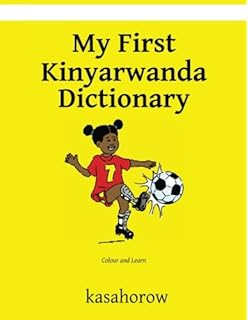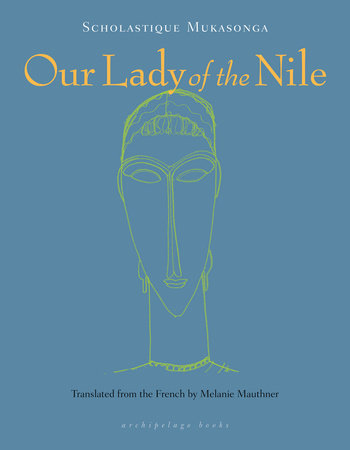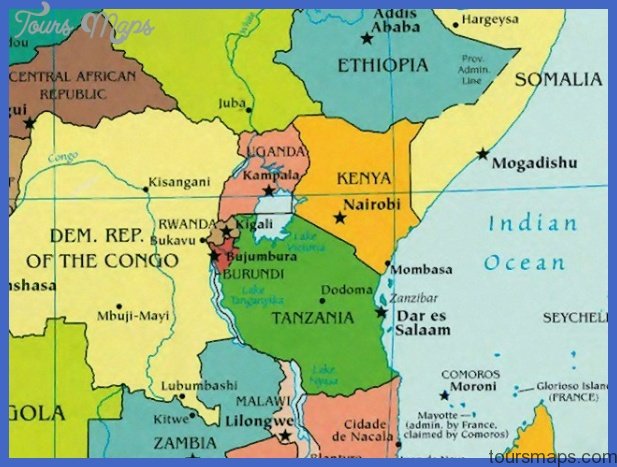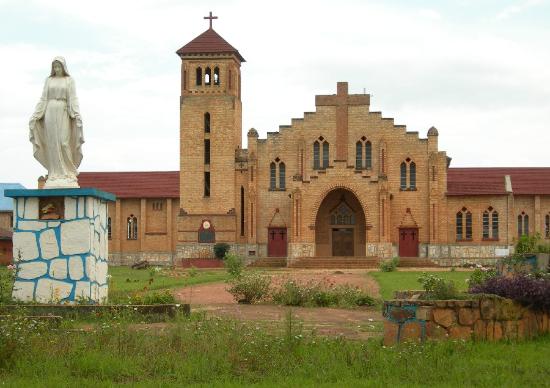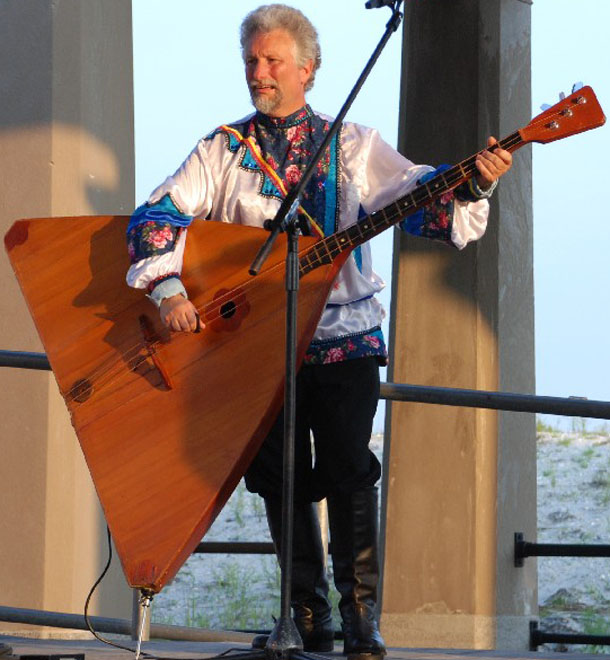If you were
at least a teenager during the 1990s, it’s hard not to escape the Rwanda of
that decade. The horrific images dominated the news just as Syria does now. (I
wonder what Syria will look like in 25 years??). I didn’t quite understand what
it was all about entirely; I was 14 years old in 1994. But when I watched the 2004
movie Hotel Rwanda many years later,
it put a face to the events.
 |
| Scene from the movie Hotel Rwanda |
The name
Rwanda means “land” and may be based on the word kwanda, meaning “expand” in the Kinyarwanda language. It may also
be based on the similar Rwanda-Rundi word rwanda,
which means “domain” or “place that’s occupied by a swarm.” Probably not the
most pleasant of origins.
Rwanda is
located in eastern Africa and is surrounded by Uganda to the north, Tanzania to
the east, Burundi to the south, and the Democratic Republic of the Congo to the
west. Lake Kivu (on of the deepest lakes in the world) is a significant body of
water on the border with the DRC. This landlocked country is one of the
smallest countries in Africa and only a few degrees north of the equator. The
central and western portions of the country are fairly mountainous. Typically,
they have two rainy seasons separated by a couple of dry ones, even though
global warming has changed the amount of rain they get and the severity of
storms.
 |
| Part of Volcano National Park |
During the
Iron Age, several groups that were part of the Bantu migration moved into this
area. Most of these groups were hunter gatherers. There are a few theories
about the origins of the Hutu and Tutsi groups, but most center around making a
racial or classist distinction between the two groups. The Twa (pygmies) were also
originally in the area, but later moved to the mountain areas as others moved
in. There were about eight kingdoms here when the Kingdom of Rwanda began
taking over some of the smaller ones. King Rwabugiri issued a ruling forcing
Hutu to work for Tutsi chiefs, which exacerbated the rift between the Hutu and
Tutsi. After the Berlin Conference of 1884, this land was put under German
control, then called German East Africa. The Germans really didn’t change a
whole lot and deferred most matters to local authorities. But then the Belgians
took control of Rwanda and Burundi during WWI, combining the two into
Ruanda-Urundi. The Belgians, like the Germans, still favored the Tutsis in
control, but took it a step further by requiring people who have ID cards
establishing which group they belonged to. Tensions arose, leading to the 1959
Rwandan Revolution that displaced nearly a hundred thousand people into nearby
countries. In 1962, Rwanda finally broke off of Burundi and declared its own
independence. Juvénal Habyarimana took over in a coup; however, the violence
and tensions between the two groups continued for the next two decades. The RPF
(Rwandan Patriotic Front) invaded from their base in Uganda and all hell broke
loose. When Habyarimana’s plane was shot down in 1994, it led to the infamous
Rwandan Genocide. It’s estimated that between a half million and one million
people died during a period of about 100 days. I remember journalists reporting
that rivers were running red from the amount of bodies being dumped in the
rivers. Although it took a long time to recover from the civil wars, Rwanda has
taken several initiatives to a better quality of life. Rwanda is only one of
two countries with a female majority in its national assembly (Bolivia is the
other one.).
 |
| Kigali Convention Center |
Centrally
located, the capital and largest city in Rwanda is Kigali. The city actually
wasn’t founded until 1907 when it was under German control. When Rwanda gained
its independence in 1962, they established the capital in Kigali.
Traditionally, the capital city had been at Nyanza, which was where the seat of
kings had been. The colonial capital had been in Astrida (now known as Butare).
And Kigali only won out because of its central location. It grew rather
quickly, although it was the center of the Rwandan Genocide. Today, it has over
1.1 million people. It’s the center of government, commerce, finance,
transportation, and media. It also has several colleges and universities,
museums, sports venues, restaurants and hotels, parks, shopping centers, and arts
venues.
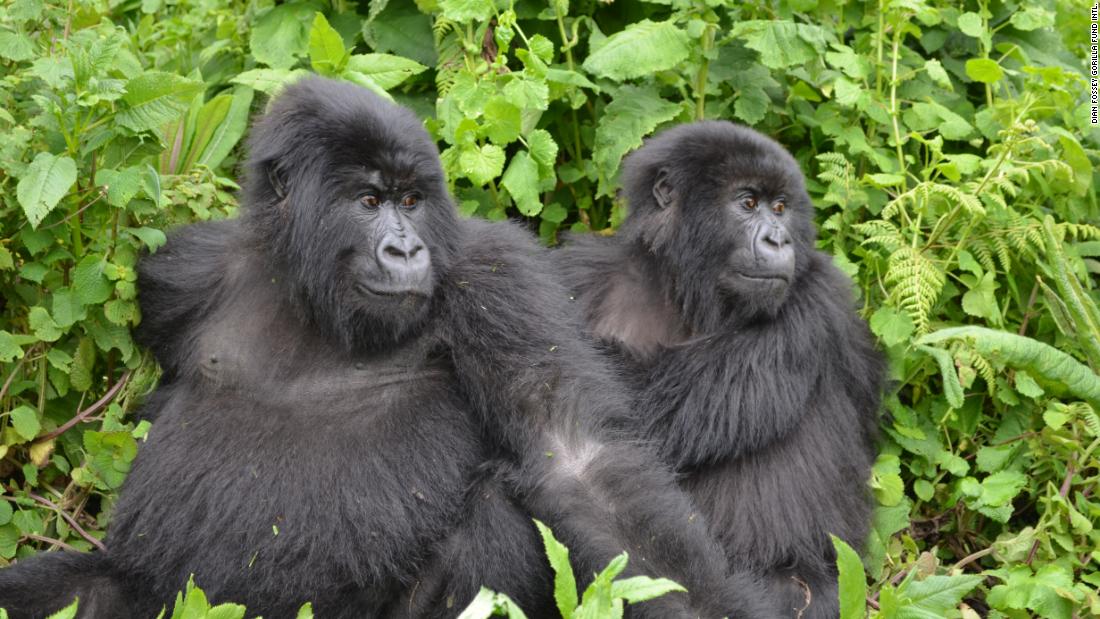 |
| Ecotourism, especially to see mountain gorillas, is especially popular. |
After the
genocide, it took a while for Rwanda’s economy to recover, partnering with
China, Germany, and the US for major exports. There aren’t that many natural
resources in Rwanda at all, so many people depend on subsistence farming,
mostly in sweet potatoes, cassava, matoke (green bananas), maize, potatoes,
wheat, coffee, and beans. Even at that, there are a few minerals that are mined
to go with a small manufacturing and industry side of the economy. Tourism, and
especially ecotourism, has grown since reconstruction.
Because of
European colonialism, Roman Catholicism is still the dominant religion in
Rwanda. However, since the genocide, Protestantism has grown in numbers, and to
a smaller degree, so has Islam. There’s an extremely low number of people who
do not adhere to any religion while many people still hold onto traditional
beliefs (although they’re often coupled with following a major religion at the
same time).
Primarily, most
Rwandans speak Kinyarwanda, which is considered the official language. English
and French are also official languages; English is the language most schools
teach in, and French is left over from the Belgian occupation. Both French and
English are also widely used in the African community, so it’s certainly an
advantage to having a functional fluency. German is also used in certain
aspects as well as Swahili, a lingua franca in East Africa.

Several years
ago, Rwanda banned plastic bags. While initially, I thought (and probably a lot
of environmentalists across the world) that this was a great thing. Right? I
mean, plastic bags take FOREVER to dissolve, if ever. But I came across an
article on Al Jazeera that said there’s also been an unexpected downside to all
of this: it’s created an underground plastic bag smuggling operation. For many
grocers, plastic bags are just more practical; as vegetables sweat, it dampens
the paper bags, which just falls apart. People have gone to great lengths to
sell plastic bags on the down low at a great risk—some who have been caught
were handed six months’ jail sentence. So, while the intentions were good,
there is probably a better way to handle situations like this. In the coming
week, I’ll revisit these markets, except on the side of the food. And what I
picked out sounds so good.
Up next: art
and literature







.jpg/1200px-Fresque_Imigongo-Festival_international_de_g%C3%A9ographie_2011_(2).jpg)
